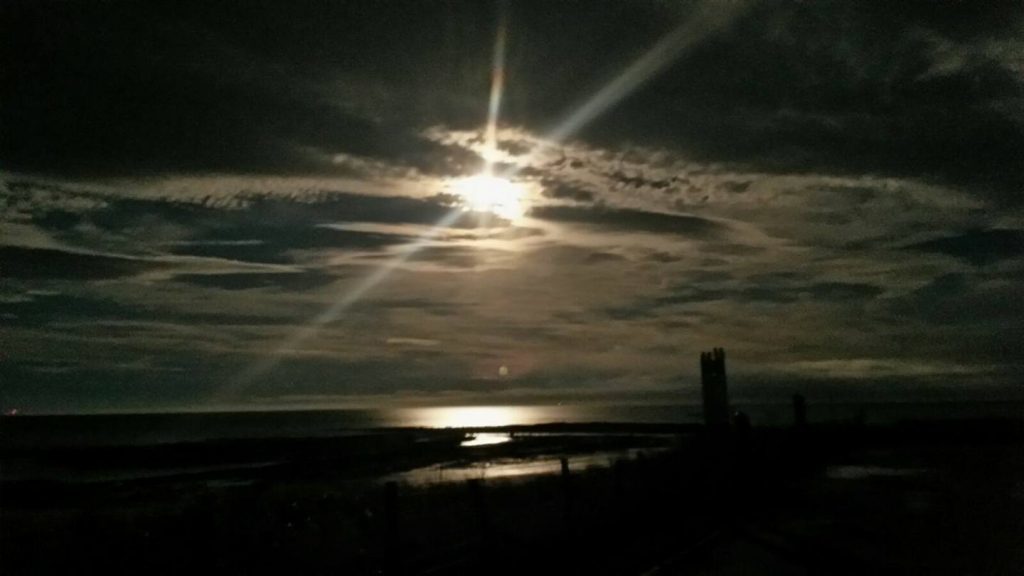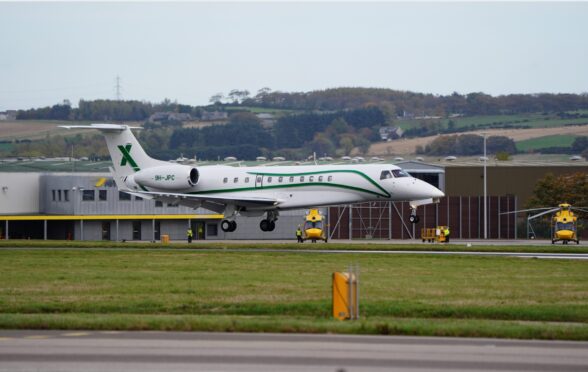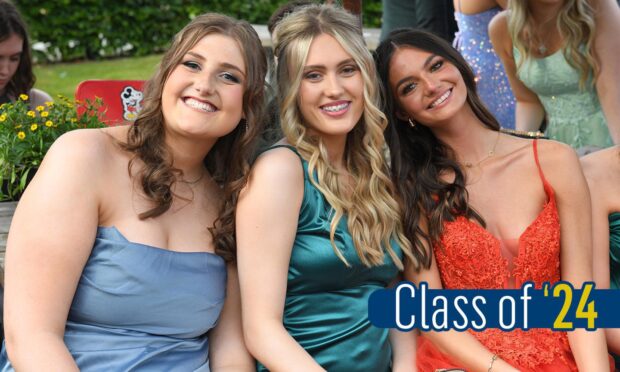Courier country enjoyed some of the better views of the supermoon, as clouds hampered the efforts of many UK sky-gazers to see the natural satellite as it came closer to Earth than it has in decades.
Hopes for a clear view of the moon, appearing 14% bigger and up to 30% brighter than usual, were dashed in most parts.
The event, described as “undeniably beautiful” by American space agency Nasa, will not be matched until the moon makes a similar approach in 2034.
-
Did you photograph the supermoon? Send your photos to online@thecourier.co.uk
North-east Scotland and north-eastern parts of Wales had the clearest conditions for an unobstructed view, Simon Partridge of the Met Office said.
He added: “There is a fair bit of cloud around. The moon might be 30% brighter but I don’t think it is bright enough to get through all that cloud.”
Courier reader’s photos
Dr Marek Kukula, public astronomer at the Royal Observatory Greenwich, said: “It’s been a cloudy night for most of the UK and even a supermoon can’t get through thick clouds.
“Tuesday’s moon will be almost as large and bright as Monday’s, so we still have a chance to enjoy the sight if the weather obliges.”
The moon’s proximity to the horizon caused an optical illusion known as the “low-hanging moon” effect, where it can be measured against familiar objects such as trees and houses.
Earlier on Monday, the gap between the Earth and the moon closed to its shortest point, known as the perigee – a distance of 221,525 miles. The last time the moon was this close to the Earth was in 1948.
The reason the distance varies is the moon’s slightly elliptical orbit. On average, it is 238,900 miles from the Earth, but at the perigee it is about 5% closer. At its furthest orbital point from the Earth, the apogee, it is 5% more distant.
Perigee and apogee distances vary from month to month due to several factors, such as whether the long axis of the lunar orbit is pointed towards the sun.
Monday’s event was billed as the biggest and best in a series of three supermoons. The first was on October 16 and the third is due on December 14.
Affelia Wibisono, an astronomer who presents planetarium shows at the Royal Observatory, said the phenomenon could help kindle an interest in astronomy.
“I’ve been teaching school children all morning, and every single one of them was asking me about the supermoon,” she said. “It really has sparked an interest.”













